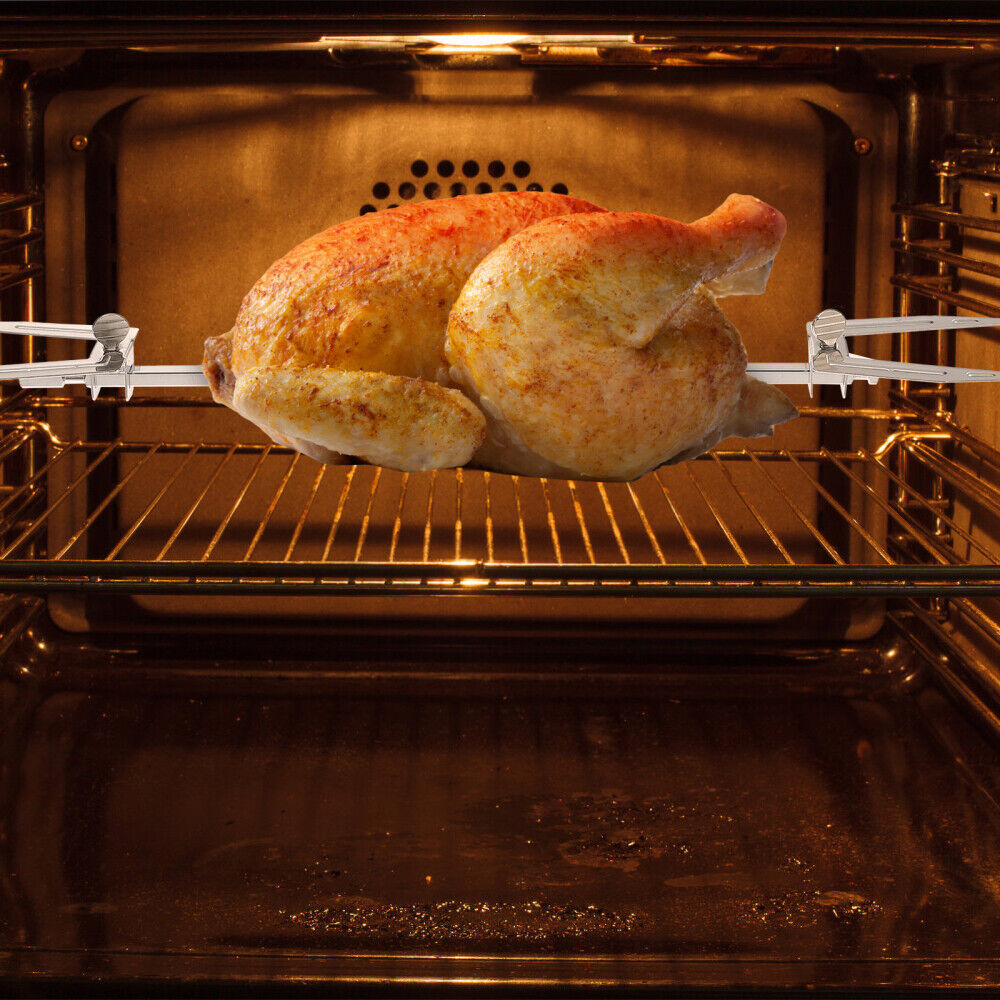Cooking and Reheating Food
Microwaves as a chicken appliance, of the most well-known uses of microwaves is in the kitchen for cooking and reheating food. Microwaves use energy in the form of electromagnetic radiation to heat food quickly and efficiently. Unlike conventional ovens that heat from the outside in, microwaves penetrate into the food and excite water and fat molecules evenly throughout. This process can cook meals in a fraction of the time it would take with traditional methods. A uses of microwaves oven is particularly convenient for reheating leftovers, thawing frozen items, or preparing ready-to-eat meals. The ease of pushing a few buttons to warm up a meal or snack makes the microwave a staple appliance in many households.
Communication Technology
Microwaves play a crucial role in modern communication systems. They are used in broadcasting and telecommunication transmissions because of their ability to carry large volumes of data over long distances. Microwave frequencies are ideal for this purpose as they have a high bandwidth, which allows for faster data transmission. Cell phones, satellite TV, and GPS all rely on microwave technology. Fixed Traffic Point (FTP) networks for mobile phone signals use microwaves, as do Wi-Fi connections, enabling internet access from virtually anywhere. The ubiquity of microwaves in communication underpins the interconnected nature of our global society.
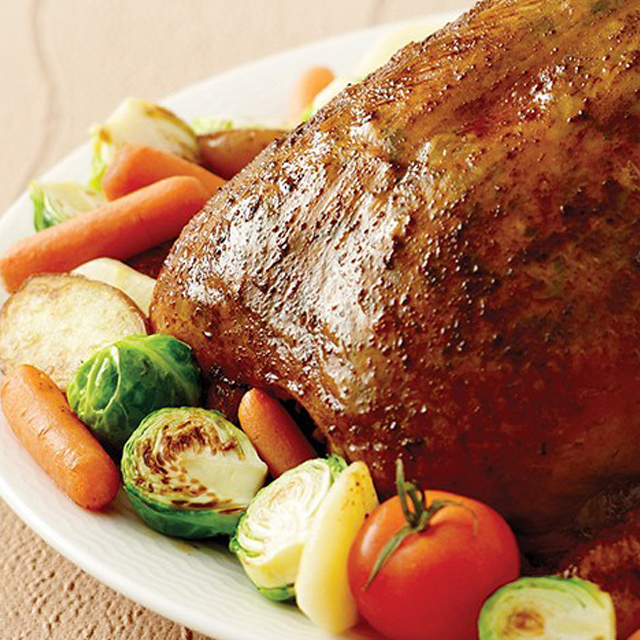
Medical Applications
In medicine, practitioners use microwaves for a range of diagnostic and therapeutic procedures. Technologies that involve MRI scans employ microwaves to generate detailed images of the body’s organs and tissues. For treating certain types of cancer, medical professionals use a procedure known as microwave ablation, where microwaves produce heat to specifically target and destroy cancerous cells while sparing nearby healthy tissue. Moreover, therapists apply microwaves in diathermy treatments to induce heat that promotes muscle relaxation and pain relief, thereby facilitating the healing process for various injuries.
Industrial and Scientific Use
The unique properties of microwaves have been harnessed for various industrial and scientific purposes. They play an essential role in the processing of materials, such as curing polymers and rubbers more efficiently. In the realm of chemistry, microwaves can accelerate chemical reactions, a method known as microwave chemistry. This can lead to significantly reduced reaction times and has become a popular technique in organic synthesis. Microwaves are also crucial in meteorology, where radar systems use microwave radiation to detect objects, such as aircraft or weather formations, and measure their velocity and range. These radars are pivotal in weather forecasting, aviation safety, and maritime navigation.
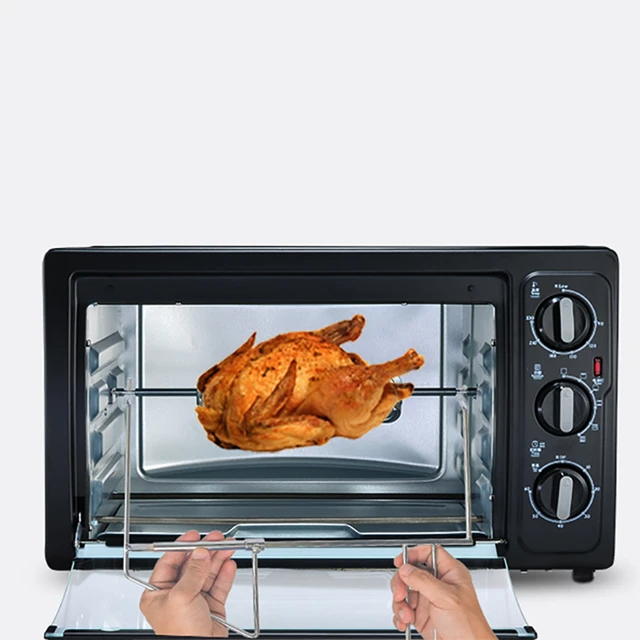
Household Convenience
Beyond cooking, microwaves offer a host of other conveniences within the household. They are commonly used to disinfect kitchen sponges and cloths by killing bacteria through high heat generation. This sterilization process can be completed in a matter of minutes. Some people use microwaves to dry herbs quickly or to make homemade beauty treatments, such as heating oils for hair conditioning. Microwaves provide a quick fix for crystallized honey as well, restoring it to its liquid state with a brief warming period. The versatility of the microwave makes it a handy tool for an array of quick home solutions.
Environmental and Energy Applications
Interestingly, microwaves have applications that extend to environmental and energy sectors as well. They are utilized in waste treatment processes where they help reduce the volume and toxicity of waste by breaking down hazardous materials. This microwave-enhanced processing can lead to cleaner, more energy-efficient ways of dealing with waste. Additionally, research is being conducted on using microwaves to convert plastic waste into fuel, offering a potential solution to both waste management and energy production challenges. Microwaves also aid in the extraction of biofuels from organic materials, making the process more efficient and less environmentally taxing.
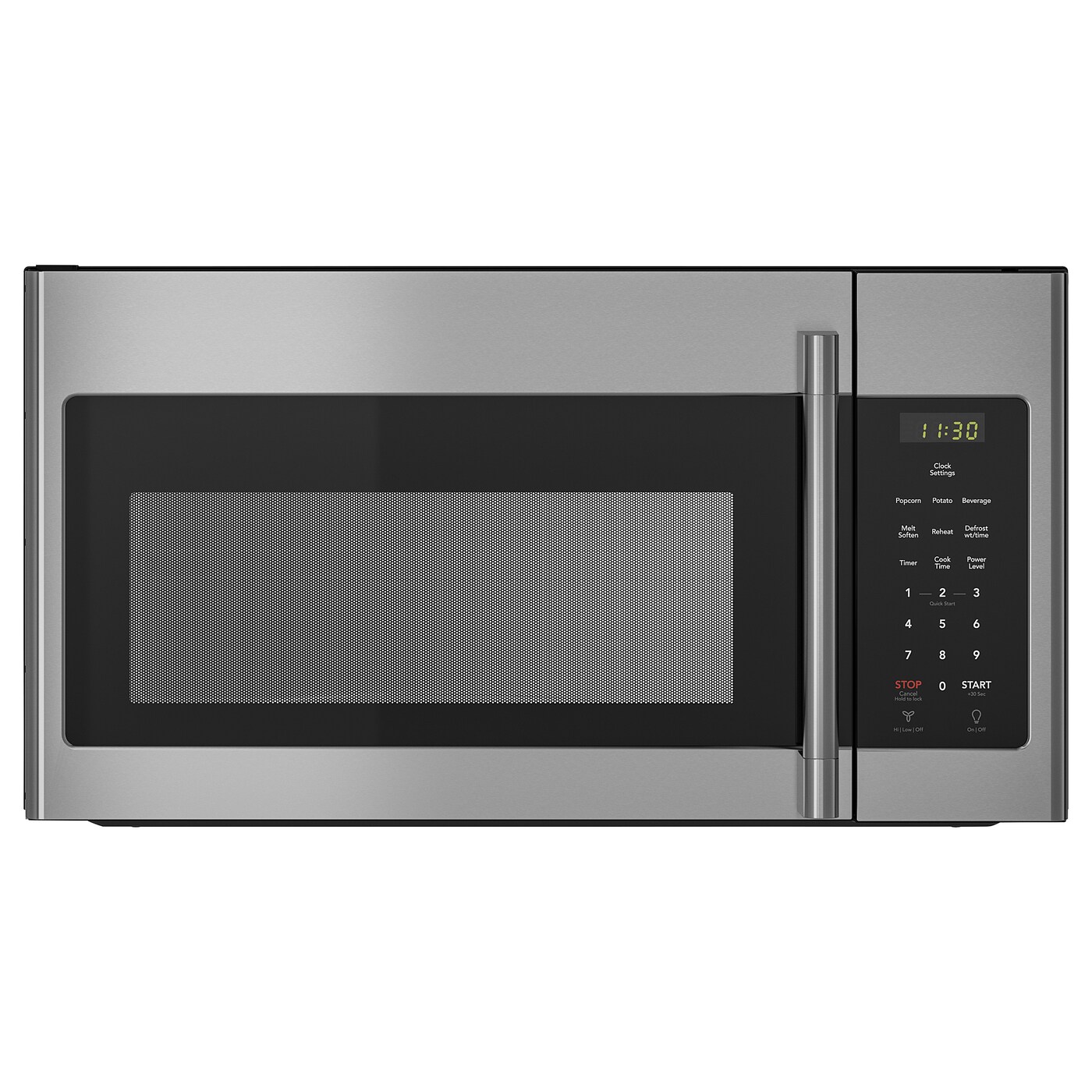
Enhancing Food Preservation
A lesser-known but equally important use of microwaves pertains to food preservation. Microwaves can be employed to pasteurize food products, which helps in eliminating bacteria and extending the shelf life of foods, particularly liquids like milk and fruit juices. This rapid process minimizes nutrient loss compared to conventional pasteurization methods. Additionally, microwaves can also aid in the dehydration of foods, thus facilitating long-term storage. Drying fruits, vegetables, and herbs in a microwave is far quicker than air drying, and it preserves color and flavor more effectively, making it a preferred method for homemakers and small-scale food producers.
Advancing Material Science
Microwaves are instrumental in developing new materials and products in the field of material science. Their use in sintering processes, for example, allows for the creation of advanced ceramics and composite materials. Such microwave-assisted sintering can lead to uniform material properties and fine microstructures, which are crucial in aerospace and electronics. Microwaves also assist in the creation of biochar, a form of charcoal that is used as a soil amendment to improve fertility and carbon sequestration. The rapid heating capability of microwaves ensures that biochar production is more energy-efficient than traditional charcoal production methods.
Education and Research
Educational institutions leverage microwave technology for teaching and research applications. Physics and chemistry labs frequently use microwaves to demonstrate electromagnetic properties and wave behaviors to students. In research, specialized microwave reactors are utilized for synthesizing new compounds, as microwaves can selectively heat materials at the molecular level. This can result in cleaner reactions and higher yields, offering valuable insights for scientific experiments. The technology enables researchers to conduct heat-sensitive reactions that would not be feasible with standard heating methods.
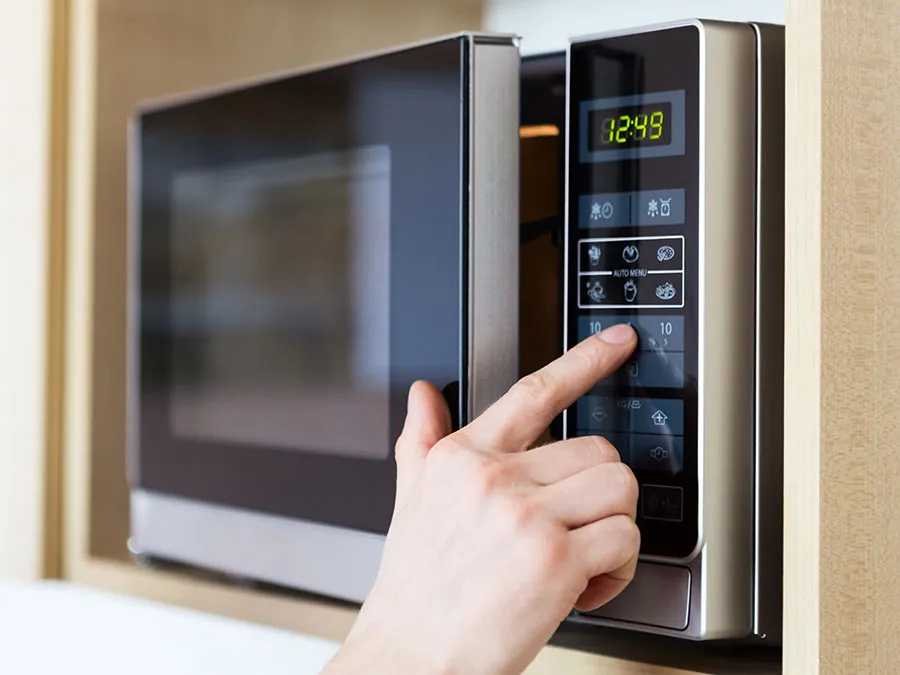
Culinary Creativity and Convenience
The primary use of microwaves in most households is to cook and reheat food. Here’s how they are revolutionizing cooking:
Reheating Leftovers
Microwaves offer a quick and efficient way to reheat leftover food, preserving moisture and flavor better than conventional ovens.
Defrosting
The defrost setting on microwaves has simplified the thawing of meats and other frozen foods, making meal prep faster and more convenient.
Baking and Roasting
With the right container, one can bake cakes, roast garlic, or even make popcorn, showcasing the versatility of microwave cooking.
Microwaves distribute heat through dielectric heating, causing water molecules in the food to vibrate and warm up quickly. This can sometimes result in uneven cooking, which is why it’s important to occasionally stir food while microwaving to ensure even heat distribution.
Disinfecting and Deodorizing Household Items
Microwaves have proven to be a powerful tool for disinfection purposes around the house:
Sanitizing Sponges and Dishcloths
Placing wet sponges or cloths in the microwave for a minute or two can kill most bacteria and mold, thanks to the high heat.
Neutralizing Odors
Microwaving a bowl of water with lemon juice can help neutralize persistent odors within the microwave itself, leaving it smelling fresh.
This application leverages the microwave’s ability to generate heat quickly, effectively killing bacteria and other pathogens without the use of chemicals.
Home and Craft Applications
Microwaves are not only useful in the kitchen but also find applications in home improvement and crafting:
Loosening Stickers and Adhesives
The heat from a microwave can help loosen stickers or labels from containers, making them easier to peel off without leaving residue.
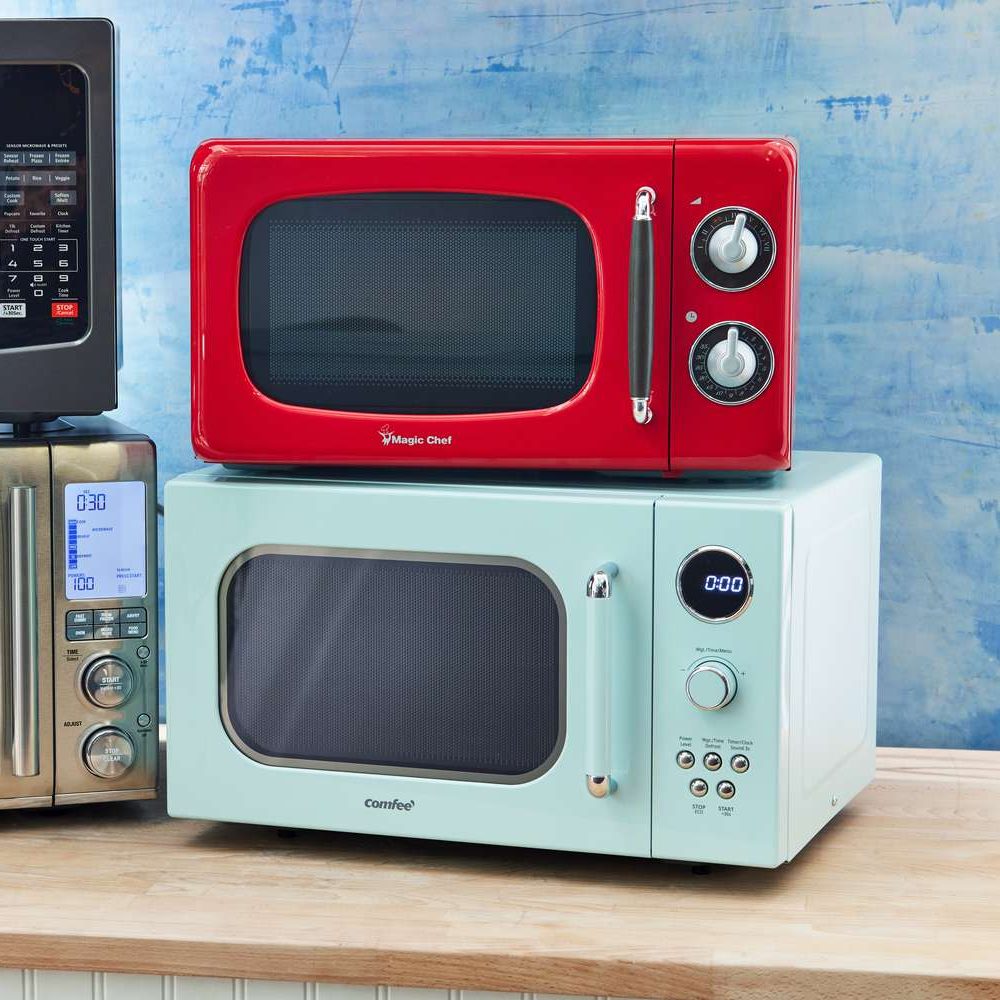
Reviving Crystallized Honey
You can restore crystallized honey to its liquid state with a short stint in the microwave. Ensuring that no honey goes to waste.
Craft enthusiasts use microwaves to melt candle wax, soap bases. And other materials, making microwaves a valuable tool for DIY projects. It’s important to use microwave-safe containers and to closely monitor the heating process, as materials can vary in their reaction to microwave heat.
Safe and Efficient Use of Microwaves
While microwaves are incredibly useful, it’s imperative to use them safely to avoid accidents:
Understanding Microwave-safe Materials
Not all containers are suitable for microwave use. For example, you should never use metal in a microwave because it reflects microwaves, which can cause sparks and potential fires.
Avoiding Plastic Leach
Heat can cause certain plastics to leach chemicals into food. So it’s advisable to use glass or microwave-safe ceramics instead.
Paying Attention to Uneven Heating
Stirring or rotating food partway through the cooking process can help prevent cold spots where bacteria might survive.
By understanding the proper use and potential of microwaves, we can harness their full scope of capabilities, from cooking to crafting, contributing to a more efficient and effective household management.
The Multifunctional Microwave
Microwaves are an indispensable part of modern life, offering more than just a quick way to heat up a meal. Whether it’s for cooking, disinfecting household items. Or aiding in home crafts, the microwave oven stands as a testament to human ingenuity. The microwave’s ability to harness electromagnetic waves is notable. It has a variety of applications. This is a prime example of a single appliance’s impact. The impact is multifaceted. It affects our daily routines. We continue to innovate and find new uses for existing technologies. The microwave remains a symbol. It embodies the convenience and adaptability. These traits define the 21st-century lifestyle.
